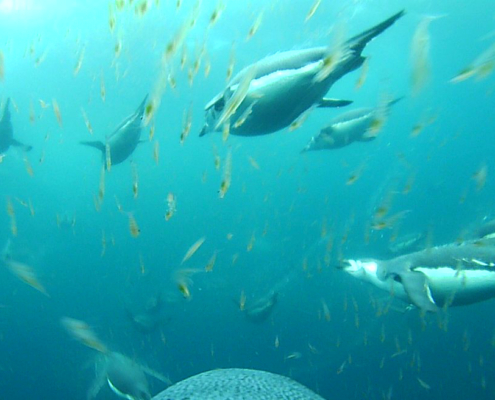
Science to inform management of Norwegian Antarctic krill fisheries
This article was first published in Fram Forum 2024.
In…
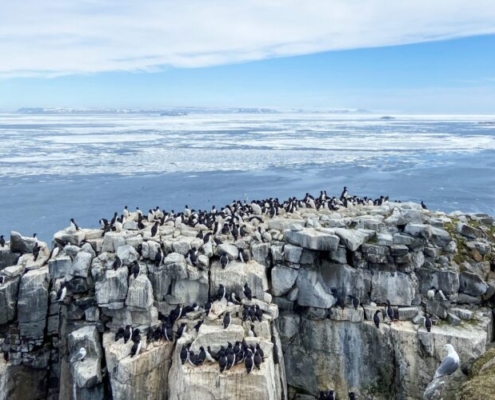
Variation in Brünnich’s guillemot population trends explained in recent study
Stable populations…
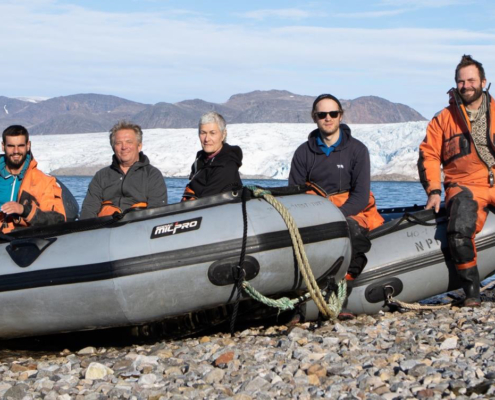
Report from this year’s ARK fieldwork
By Kit Kovacs and Christian Lydersen, Norwegian Polar Institute
This…
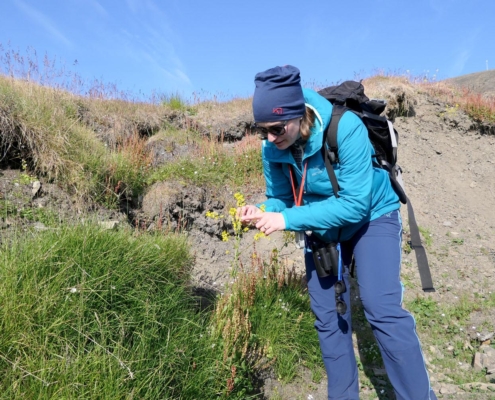
Aliens in the Arctic
In a recent study a team of researchers have mapped invasive…
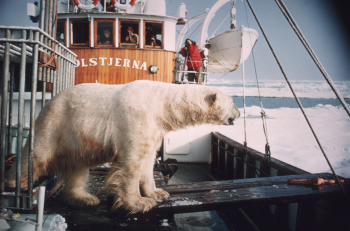
From extensive hunting to conservation and research on the king of the Arctic
Polar bears were hunted from boats in the ice in summer and…
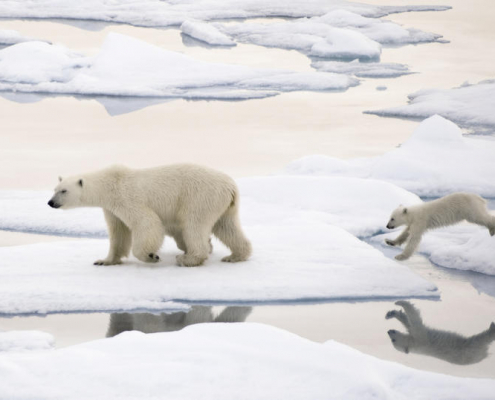
A hunter fine-tuned for the Arctic
Furthermore, polar bears are a marine species,…
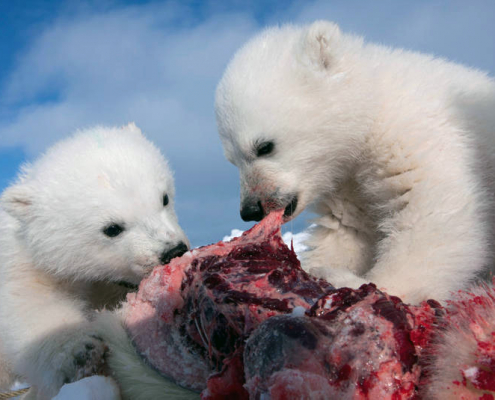
The polar bear’s diet
Other bears are terrestrial mammals, but the polar bear has…
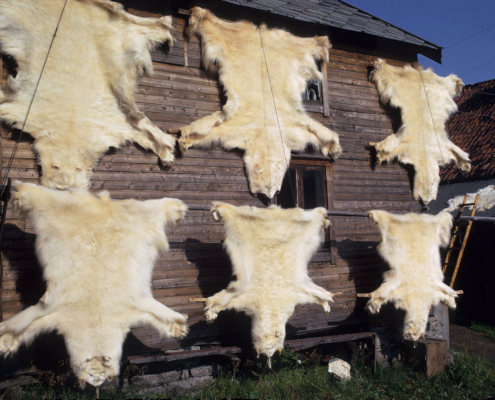
International polar bear cooperation
Concern for the population
Cooperation on the conservation of…
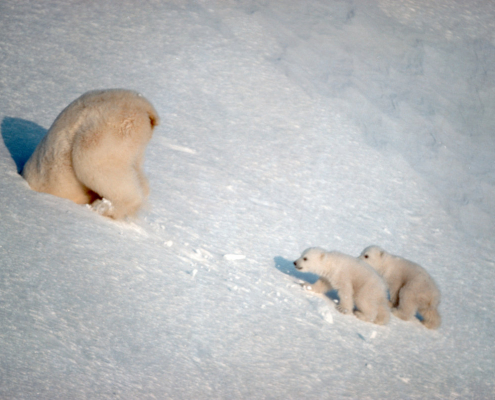
Where do polar bears den?
The cubs are small and hairless at birth, and would quickly freeze…
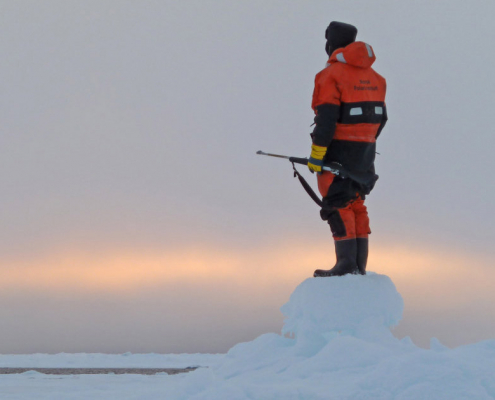
When humans meet polar bears in Svalbard
Confrontations with polar bears
The polar bear is a dangerous…
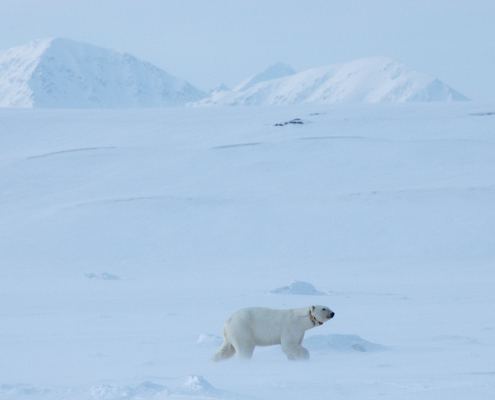
We follow the polar bear step-by-step
At the end of the 19th century, a more intensive winter hunt…
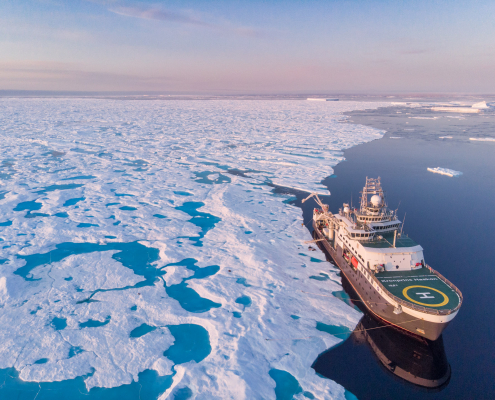
The East Greenland Current: a conveyor of Arctic climate change
We recovered 6 of our moorings with instruments full of new…
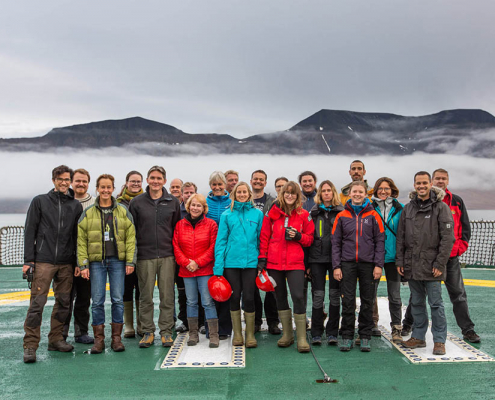
The hunt for climate answers in Fram Strait
At this time of the year, the sea ice in the Arctic Ocean is…
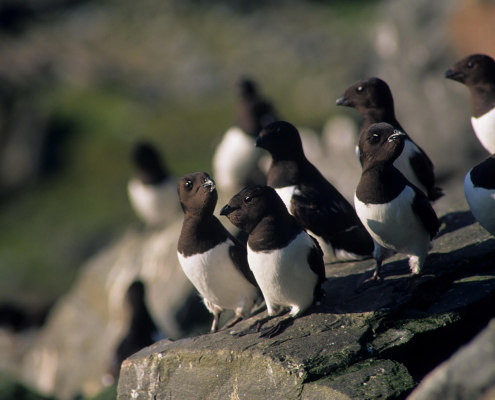 https://www.npolar.no/wp-content/uploads/2018/10/NP016056_2k.jpg
1306
2000
Massimo Di Loreto
https://www.npolar.no/wp-content/uploads/2022/06/NP-logo-engelsk-skjerm.png
Massimo Di Loreto2018-10-11 12:39:432019-04-15 15:02:23Climate change and effects on polar ecosystems
https://www.npolar.no/wp-content/uploads/2018/10/NP016056_2k.jpg
1306
2000
Massimo Di Loreto
https://www.npolar.no/wp-content/uploads/2022/06/NP-logo-engelsk-skjerm.png
Massimo Di Loreto2018-10-11 12:39:432019-04-15 15:02:23Climate change and effects on polar ecosystems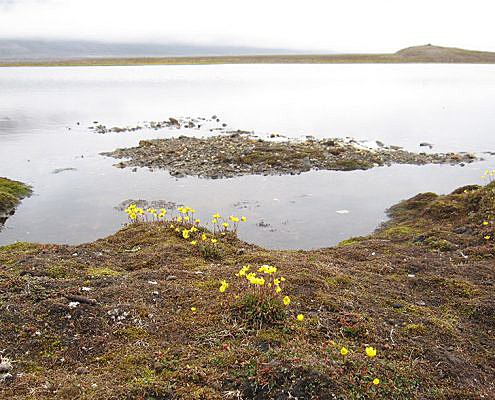
Arctic ecosystems in fresh water
The lake ecosystems in Svalbard are largely characterised by low precipitation, thick, clear ice (1.5–2 m), a brief ice-free period (1–2 months), relatively low water temperatures in summer (up to 6–7°C), low nutrient input, low primary production, low biodiversity, with Arctic char as the only fish species.
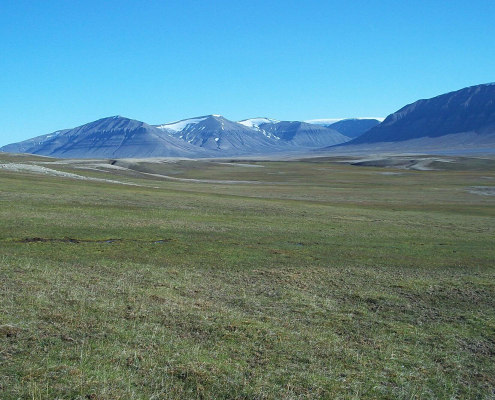 https://www.npolar.no/wp-content/uploads/2018/10/148_Maite_Cerezo_Svalbard_2k.jpg
1332
2000
Massimo Di Loreto
https://www.npolar.no/wp-content/uploads/2022/06/NP-logo-engelsk-skjerm.png
Massimo Di Loreto2018-10-11 11:11:462023-01-24 13:17:55Vegetation in Svalbard
https://www.npolar.no/wp-content/uploads/2018/10/148_Maite_Cerezo_Svalbard_2k.jpg
1332
2000
Massimo Di Loreto
https://www.npolar.no/wp-content/uploads/2022/06/NP-logo-engelsk-skjerm.png
Massimo Di Loreto2018-10-11 11:11:462023-01-24 13:17:55Vegetation in Svalbard https://www.npolar.no/wp-content/uploads/2022/06/NP-logo-engelsk-skjerm.png
0
0
Janne Schreuder
https://www.npolar.no/wp-content/uploads/2022/06/NP-logo-engelsk-skjerm.png
Janne Schreuder2018-10-11 10:32:562023-09-06 12:26:24Fauna in Svalbard
https://www.npolar.no/wp-content/uploads/2022/06/NP-logo-engelsk-skjerm.png
0
0
Janne Schreuder
https://www.npolar.no/wp-content/uploads/2022/06/NP-logo-engelsk-skjerm.png
Janne Schreuder2018-10-11 10:32:562023-09-06 12:26:24Fauna in Svalbard